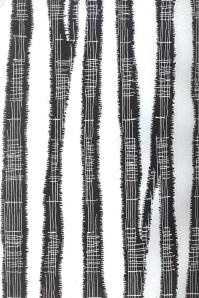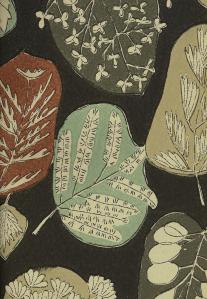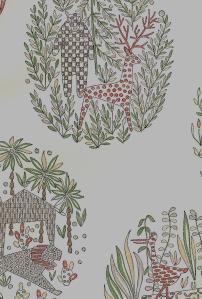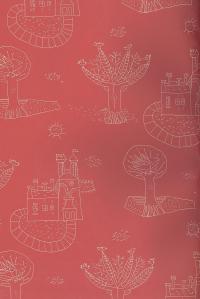An ambrotype image of the Pattillo brothers, from Georgia
Credit: Jack Melton, David Wynn Vaughan Collection
More than two hundred of the finest and most poignant photographs of the American Civil War have been brought together for this landmark exhibition at the Metropolitan Museum of Art. Through examples drawn from the Metropolitan's celebrated holdings of this material, complemented by important loans from public and private collections, the exhibition will examine the evolving role of the camera during the nation's bloodiest war. The "War between the States" was the great test of the young Republic's commitment to its founding precepts; it was also a watershed in photographic history. The camera recorded from beginning to end the heartbreaking narrative of the epic four-year war (1861–1865) in which 750,000 lives were lost. This traveling exhibition will explore, through photography, the full pathos of the brutal conflict that, after 150 years, still looms large in the American public's imagination.




















